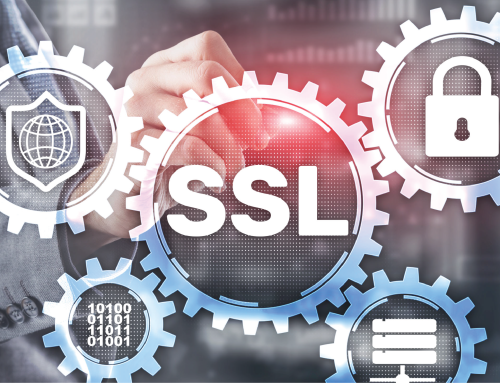The market for cloud computing services has expended quickly during the past few years, offering a compelling alternative to traditional data center operations. Cloud computing is becoming increasingly prevalent in the business world that Gartner Inc. is predicting that “no-cloud” policies will become as rare as “no-Internet” policies by 2020.[1]
Nearly all businesses today are going green, and for good reason. Not only are sustainable business practices good for our environment, but they also increase productivity by maximizing resource usage, which in turn reduces operating costs. However, as of yet, relatively little of the industry emphasis has been put on the environmental benefits of cloud computing. Listed below are a few of the reasons that make cloud computing sustainable:
Resource Virtualization
Virtualization enables businesses to use a single physical server to run multiple operating system images concurrently. Through consolidation, server virtualization reduces the total physical server footprint, which has inherent green benefits, including reduced energy consumption and fewer machines.
Automation Software
Cloud based infrastructure relies on automation to maximize energy and resources efficiency. Through automation software it is possible to provide and scale workload within shared data centers. IT specialists are able to push the limits of traditional utilization and consolidation limits. The higher the ratios the less physical hardware is required and this directly contributes to energy efficiency and resource optimization.
Multi-tenancy
Multitenancy allows many different organizations (public cloud), or many different units within the same organization (private cloud) to benefit from a common cloud-based infrastructure. When used in conjunction with automation software, multi-tenancy ensures fewer machines are required for operations.
Pay-per-use/Self Service
The pay-as-you-go nature of cloud-based infrastructure encourages users to only consume what they need and nothing more. Combined with self-service, life-cycle management will improve, since users can consume infrastructure resources only when they need it, and have the ability to turn off these resources with set expiration times. As a result, energy and resource efficiency is improved, since users only consume the computing resources they need, when they need it.
Feel free to Contact Us for more information.











